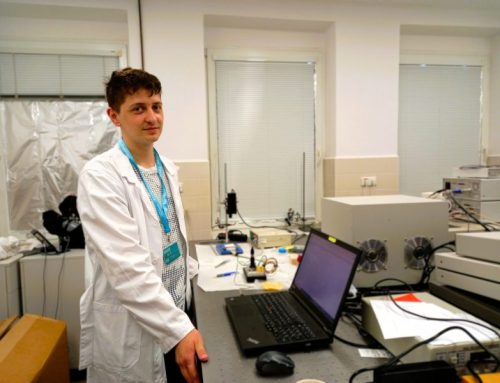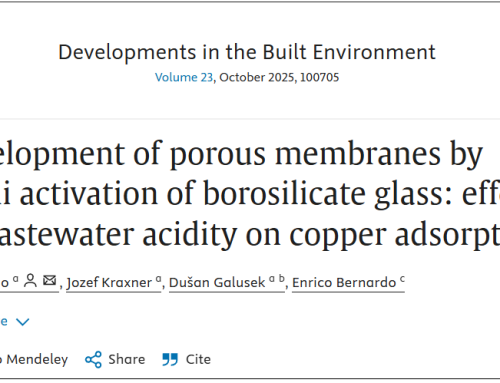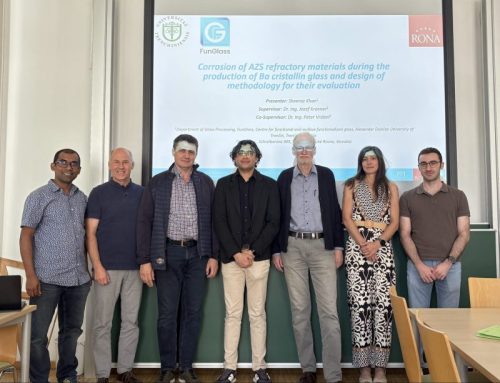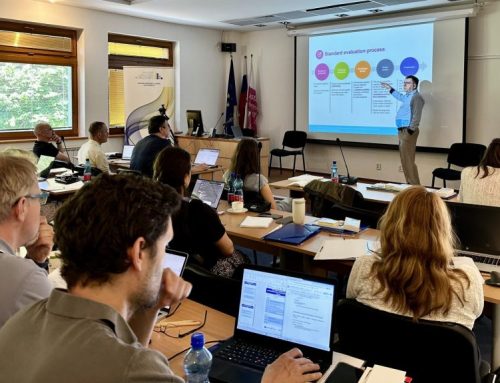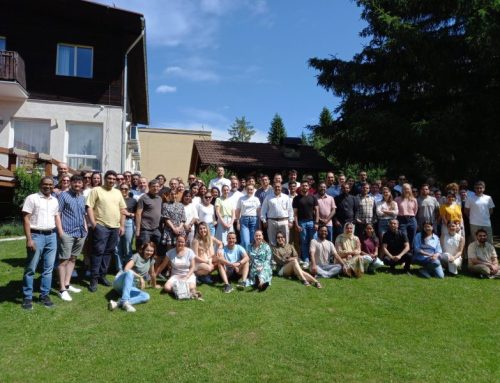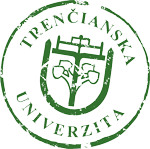Successful implementation of the VEGA project entitled “Structure and properties of ion-doped bioactive glasses with potentially therapeutic and antibacterial effects”
Commission VEGA no. 7. assessed the results of the VEGA project no. 2/0091/20- “Structure and properties of ion-doped bioactive glasses with potentially therapeutic and antibacterial effects” and the project was selected for the report on the most significant results in evaluating VEGA projects, with the solution ending in 2023.
The responsible researcher for the Institute of Inorganic Chemistry SAS was Assoc. Prof. Mária Chromčíková from the Vitrum Laugaricio Department (VILA) and the responsible investigator for FunGlass was Dr. Branislav Hruška, from the Department of Central Laboratories.
The essence of the solved project was a comprehensive investigation of the relationships between the composition, structure, and physical properties of Bio glasses. During the implementation of the project, homogeneous Bioglasses with different effects suitable for therapeutic applications were prepared. Subsequently, mapping and quantification of glass formation in the studied Bioglass systems were carried out. As part of the project, the structure of the prepared Bio glasses was studied by Raman spectroscopy, and the creation of thermodynamic models, quantification of the relationships between the composition of the glasses, their structure, and physicochemical properties. The acquired knowledge of the structure of Bio glasses became an essential prerequisite for clarifying the studied dependences of the physicochemical properties (e.g. thermal expansion, viscosity, surface tension, thermal stability, chemical resistance…) on the composition and temperature of the investigated Bio glasses and glass-forming melts. A significant research contribution was the extension of the thermodynamic model used to describe the structure and properties of Bio glasses to the area of complex multi-component glasses with polyvalent elements.
The results achieved during the project were published in 13 peer-reviewed journals with a high impact factor. Additionally, several publications were cited by foreign experts in scientific journals. Furthermore, the results obtained during the project were presented at scientific conferences abroad.



